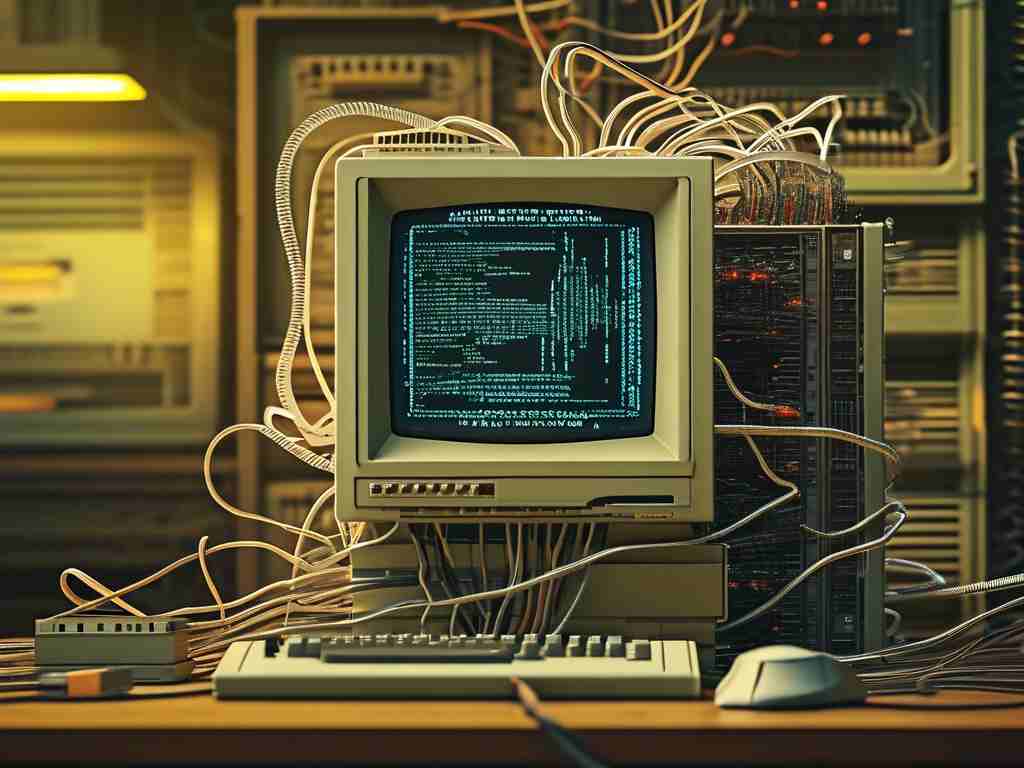The dawn of computing in the 1940s and 1950s marked a revolutionary era with the first generation of computers, where machines like the ENIAC and UNIVAC pioneered digital processing but faced immense challenges in managing memory. These early systems, built from vacuum tubes and intricate wiring, didn't "calculate" memory in the modern sense of complex algorithms; instead, they relied on rudimentary methods to store, access, and manipulate data, often through physical mechanisms that defined their operational limits. Understanding how these computers handled memory reveals not only their ingenuity but also the stark constraints that drove later innovations.

At the core, first-generation computers used memory systems based on analog and early digital storage, such as mercury delay lines or magnetic drum storage. For instance, the UNIVAC I employed mercury delay lines, where data was represented as sound waves traveling through tubes filled with mercury; the computer "calculated" memory by timing these waves to determine when to read or write bits. This process involved precise synchronization, where the system would initiate a pulse and measure its return time to access stored information—essentially converting temporal delays into binary data. It was a crude form of computation, demanding constant recalibration due to environmental factors like temperature fluctuations that could distort the waves. Similarly, machines like the IBM 701 utilized magnetic drums, rotating cylinders coated with ferromagnetic material. Here, data was stored in tracks, and the computer would "calculate" memory locations by rotating the drum to the correct position, using read/write heads to magnetize or demagnetize spots. This method allowed for sequential access but was painfully slow, with access times measured in milliseconds compared to today's nanoseconds. Engineers had to manually configure these systems, often through plugboards or switches, to define memory addresses and operations, making every calculation a labor-intensive task.
Moreover, the concept of "calculating memory" extended to how these computers allocated and managed their limited capacity. Early systems had minuscule memory sizes—often just a few kilobytes—forcing programmers to optimize every byte. For example, the ENIAC, with its 20 accumulators, used a combination of vacuum tube registers for temporary storage and external punch cards for permanent data. To "calculate" where to place data, operators would physically map out memory blocks, employing techniques like direct addressing where a specific location was hardwired into the machine's logic. This meant that computations involving memory were deterministic but inflexible; changing a program required rewiring the entire setup, a process that could take days. Additionally, error handling was primitive—memory corruption from tube failures or magnetic interference was common, so built-in checks like parity bits were introduced to detect faults. The computer would "calculate" these errors by comparing stored values during read cycles, flagging discrepancies for manual intervention. This approach highlighted the era's reliance on human oversight, as automated error correction wasn't feasible.
The limitations of first-generation memory systems profoundly impacted computing efficiency. Access speeds were sluggish, often bottlenecking processing power, and the volatile nature of storage—like vacuum tubes burning out—led to frequent downtime. However, these constraints spurred crucial advancements. By the late 1950s, innovations such as core memory emerged, using magnetic rings to store bits non-volatilely, paving the way for faster, more reliable systems. Reflecting on this era, it's clear that how first-generation computers handled memory wasn't about sophisticated calculations but about ingenious physical adaptations, laying the groundwork for the digital revolution we enjoy today.






